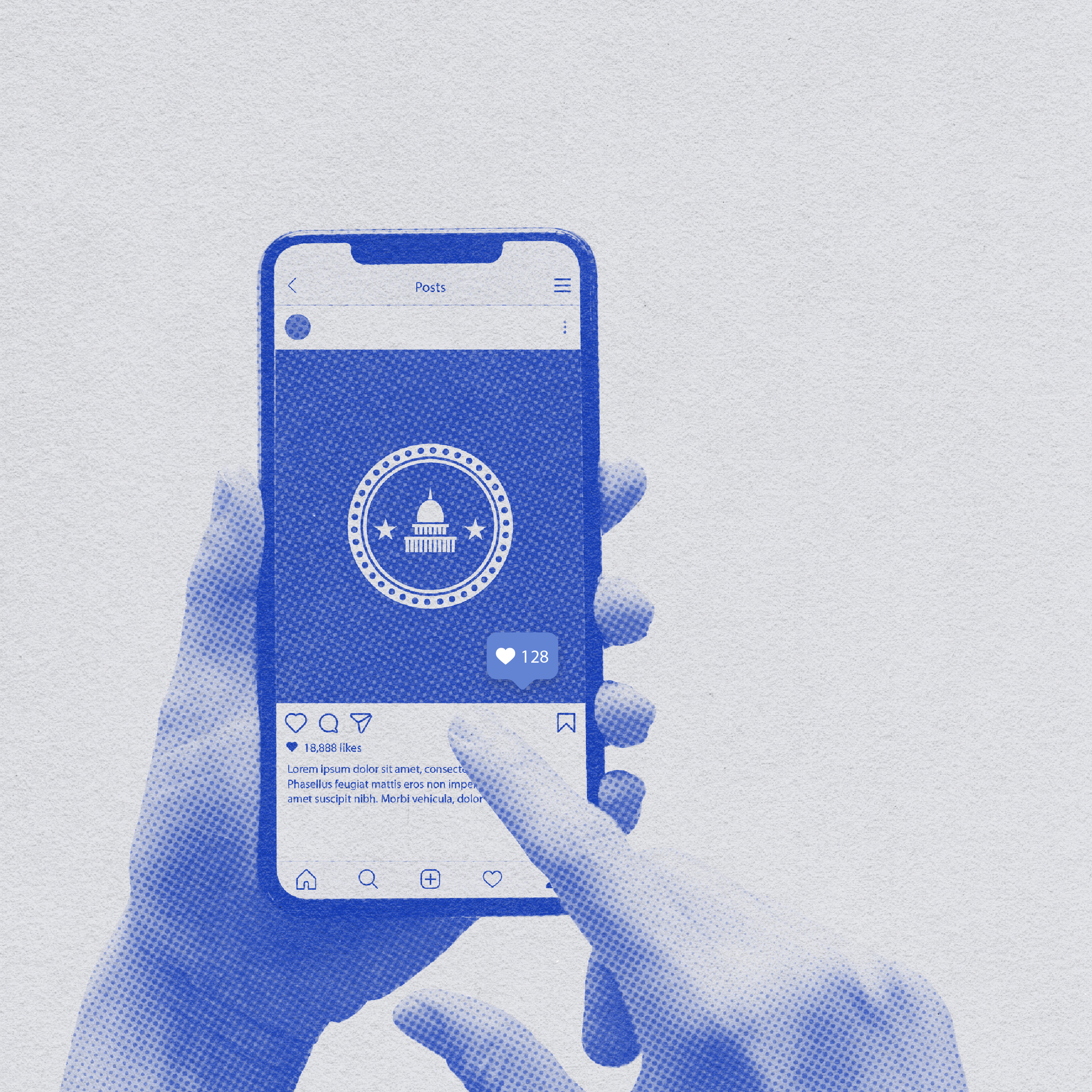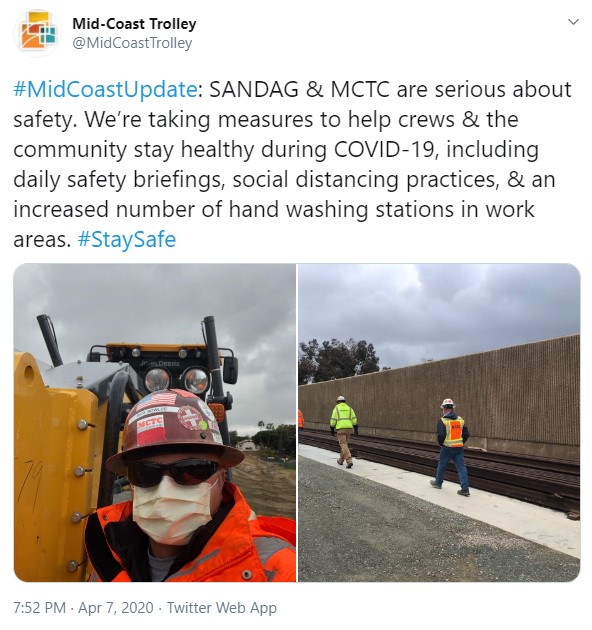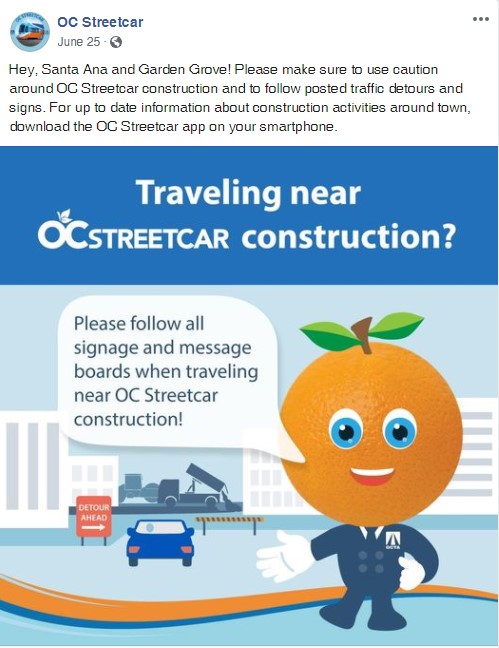
17 Sep Creating Effective Social Media Content for Government Agencies

Government agencies and other organizations exist today in an era of increased digital communication and must engage online in places where their stakeholders are already well-versed and active. Having a consistent and sustained social media presence facilitates online engagement with stakeholders and offers an excellent opportunity to build trust.
There are both challenges and opportunities that organizations, especially public agencies, face as they step into the world of social media. It can open the door for far-reaching awareness campaigns, a deeper connection with users, the ability to answer questions, and the vehicle to provide timely crisis communications in the case of an emergency. To ensure your communication gets through the online clutter, here are the absolute essentials for writing effective social media content.
Social Media Strategy
Before you start posting, have a strategy and goals to guide you. You will garner better engagement and produce more cohesive content with a clear strategy and goal. If your organization has social media guidelines or a policy, be sure your goals are in line with those documents.
Identify the ultimate reason you are using social media. Are you trying to raise awareness about a program or gather feedback on an environmental document? Do you want to drive traffic to your website or engage with stakeholders on specific issues? Are you looking to build trust with your community? The intention behind posts should be clear to the user, with a call to action or clear path to follow for more information. Proactive communications and transparent information shared with stakeholders will allow you to build relationships with them and garner their trust.
Post relevant content. The information that interests you and is specific to practitioners in your field may not be interesting to your audience. Boil down technical information to the level where a child can understand it. Avoid jargon, and create easy-to-understand content that the public needs to know or would like to hear about.
Provide information that is accurate, timely and targeted to your specific audience. If the content does not fit these criteria or have a specific purpose, consider updating your social media posts to meet these needs.
Choosing Social Media Content
After establishing the goals of your social media program, make sure your stakeholders and others are actually reading what you post! Start by assembling topics, themes and ideas to include – and then mix thematic or topical posts in with technical, project or construction posts to break up the heavy content and make the page more inviting.
Ideas for posts to lighten up communications and garner positive engagement include business or employee spotlights, milestone posts, celebration of lesser known national holidays (i.e., National Ice Cream Day), and hashtags days (i.e., #WaterWiseWednesday). This will give a needed break to a feed full of technical or construction-specific information.
For example, K&A found that the highest performing social media posts for the Mid-Coast Trolley Project in San Diego are those that promote milestones and raise awareness about COVID-19 precautions.

Giving your audience behind-the-scenes information when possible generates excitement for project openings and positive interactions with crews when you promote the safety measures they take to protect customers during COVID-19.
The attachments and photos you share are just as, if not more, important than your caption. Showcase graphic design visuals that inform your audience and facilitate easy understanding of complex topics or draw attention to important information. On average, posts with images garner 180% more engagement than posts without images. Adding a photo or infographic is an easy way to grab your audience’s attention and further their engagement with your organization. For some platforms like Instagram, all posts must contain at least one photo or video. Working with your creative services team or consultants, create infographics and interesting visuals that draw attention to your post and encourage engagement.
The OC Streetcar project uses a character, Safety Sam, to inform children and adults about safety in construction areas. A simple, attention-grabbing graphic like this can increase engagement and public understanding. Social media is also a great place to show off new collateral and informational materials, especially during a time such as COVID-19 when in-person community outreach may not be possible.
Write for Engagement
There is an important difference between just posting social media and posting it effectively. If you do not have a specific reason to post, why are you posting?
Write so your goal for engagement clear to the audience. If you are gathering feedback, ask for comments. If you are looking to spread information, ask for your audience to share the post. If you are looking to drive traffic to your website, give a link and tell people why they should visit. When a user reads your post, they should be prompted to take another step in engaging or understanding.
All content should have a specific call to action that is in line with the goals you have for your social media. If your goal for the post is to drive traffic to your website, consider adding language such as “For more information, click here” or “Learn more on our website” and insert a link to the applicable website page.
If you are looking for increased engagement, make sure your posts are something worth sharing. If you want to increase the reach of your posts, ask a fellow organization or another agency department to share the post with their audiences as well. On Facebook and Instagram, you can even spend a few dollars to boost your post in a specific zip code and target certain demographics. Social media is also an avenue to emphasize your brand and create a recognizable identity for your users.
Conclusion
With a clear strategy and your audience’s interests in mind, you are one step closer to creating effective social media content. The information outlined above is optimized for Facebook, Twitter and Instagram, but can be adapted and used for other platforms.
Use these tips as a starting point to draft your project’s social media content. After you begin posting content, look for trends in posts your audience interacts with and follow these patterns. Achieving your social media goals takes time and deliberate action, but can be done with a solid strategy, patience and bit of creativity.

